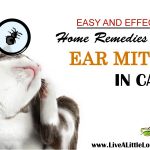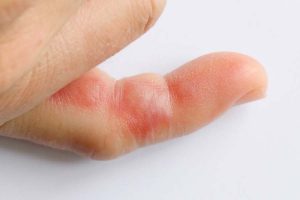
A wasp sting is similar to a bee sting or a hornet sting, while the stinger of a bee is left firmly embedded in the body, the wasp’s stinger does its job and remains intact for the next attack. There is a bit of venom that is injected into the body via the stinger, which causes irritation and pain.
Common Wasp Stings: A common wasp sting is not considered dangerous and can be treated with home based remedies. If the pain and irritation persist, or the swelling does not subside even after applying the listed natural remedies, it is vital to seek medical attention as soon as possible.
Venomous Wasp Stings: While most wasp stings are more painful than harmful, there have been instances where people have gone into prolonged anaphylactic shock, which can be life threatening. However, such cases are quite rare and not a cause for concern.
It is important to seek immediate treatment if you experience severe allergic reaction known as anaphylaxis. However, the home remedies for wasp stings work the best if the reaction is mild. Before you try any of these remedies learn something more about wasp stings.
Also See: Mosquito Bites, Ant Bites, & Spider Bites
Many people without sting allergies show only a minor symptoms. It can happen before or after the wasp sting. However the case might be, initially they will feel a sharp pain or burning sensation at the site where wasp sting occurred. Around the sting area few people may raise a welt. It will look like a tiny white mark where you got the wasp sting.
Symptoms of a Wasp Sting
- Sharp pain in the bitten area
- Redness, Itching, irritation and swelling
- Formation of a lumpy welt surrounding the sting site
- Itching in other parts of the body (away from the sting site)
- Stinging or burning sensation in the affected area
Symptoms for Anaphylaxis
- Swelling (at times severe) of throat, lips and entire face
- Itching in other parts of the body
- Breathlessness, leading to bouts of wheezing or gasping
- Dizziness or light-headedness
- Sharp drop in blood pressure
- Losing consciousness
- Sense of nausea or vomiting
- Diarrhea and stomach cramps
- Irregular pulse (weak or racing)
8 Home Remedies For Wasp Stings
Before you apply any of the listed remedies, make sure you follow the below mentioned:
Do This First:
 The first thing to do immediately after a wasp stings is to remove the sting embedded in the skin using a pair of tweezers. Although a little venom might already have been injected into the bloodstream, you can still prevent all of it from entering the bloodstream.
The first thing to do immediately after a wasp stings is to remove the sting embedded in the skin using a pair of tweezers. Although a little venom might already have been injected into the bloodstream, you can still prevent all of it from entering the bloodstream.
Next, wash the affected area gently with soap (preferably antiseptic) and water. Dab the area with dry surgical cotton and apply either antiseptic ointment or calamine lotion, which can ease the itching and pain.
8. Ice Pack

Procedure:
- Get a handful of ice cubes from the fridge
- Tie up the ice cubes in a piece of soft muslin cloth
- Gently hold the ice pack against the affected area for a few minutes
- Repeat the process every few hours until the swelling and pain subside
How Does This Work?
There is bound to be a bit of bleeding in the underlying tissue, which is responsible for the pain and swelling. Ice helps in reducing the body’s response to the sting. Apart from reducing bleeding into the tissues, it helps in controlling the inflammation (swelling), and it helps in reducing the muscle pain and spasms, if any.
An ice pack helps in preventing the affected area from stiffening up as it reduces the excess tissue fluid by preventing its accumulation that collects around the area of the sting. Although ice packs have been used as home remedies for ages, a new school of thought does not quite agree. Placing an ice pack causes temporary numbness in the area, which gives instant relief from the pain and burning sensation caused by a wasp sting.
The Remedy Is Not Good, If:
- The wasp sting is venomous, or it is causing the person to go into anaphylactic shock. This condition requires immediate medical assistance and treatment.
- You are applying ice directly on the skin. It can cause frostbite and subsequent damage to the skin. Wrap it in a towel.
7. Baking Soda
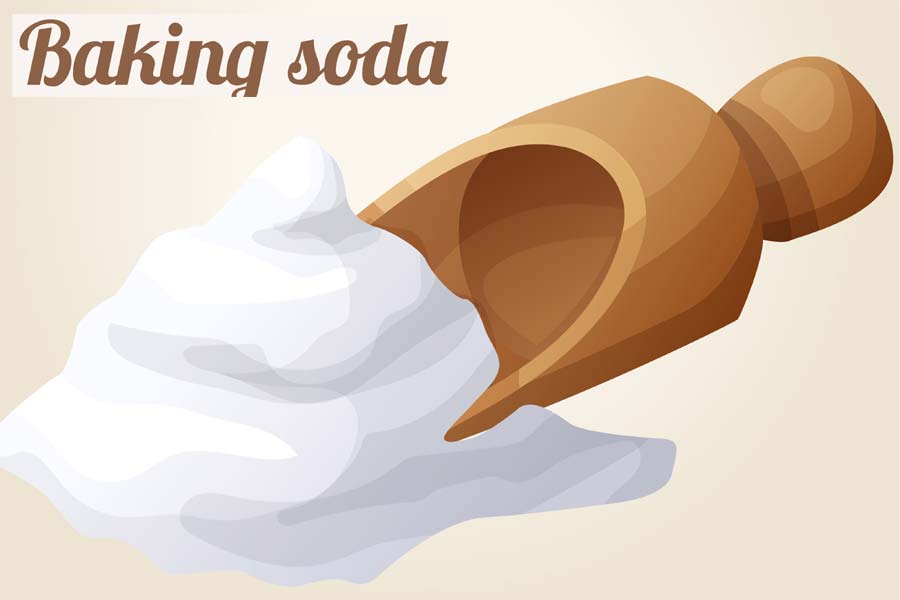
Procedure:
- Sprinkle a bit of water on 1 teaspoon of baking soda and make a paste.
- Gently apply the paste on the sting site and leave it for a few minutes (5 to 10 min).
- Gently wash the affected area with warm water.
- If the pain and swelling persist, repeat the process after a few hours.
How Does This Work?
Baking soda is a great home remedy and can be used by anyone safely for treating wasp stings. A mild alkaline chemical in baking soda has a neutralizing effect on the venom, which is acidic in nature. Baking soda provides instant relief from the severe pain and soothes the persistent itching. Baking soda also helps reduce the swelling rapidly.
The Remedy Is Not Good, If:
You have an extremely sensitive skin. It can cause damage.
6. Honey
 Procedure:
Procedure:
- Take 2 teaspoons of raw, pure honey.
- Smear the sting site with honey and allow it to dry naturally.
- Wash with warm water after an hour or so.
- Repeat the process (several times) after every few hours
- Raw honey may also be mixed with pure turmeric powder to make a paste.
- Apply the honey-turmeric paste on the sting site to prevent infections.
How Does This Work?
Honey is one of the best natural home remedies for treating painful wasp stings. It has antibacterial properties and works on diluting the venom in the wasp sting. Being a natural antibiotic, it helps in preventing infections. Mixing turmeric with honey fortifies it and makes it doubly effective while treating wasp stings.
The Remedy Is Not Good, If:
You are using processed honey. Other than this, honey is safe and has no known side effects or harmful properties. It is safe enough to be consumed by, or for treating newborns.
5. Aloe Vera

Procedure:
- Cut a thick leaf of Aloe Vera.
- Shave off the thorns on both edges.
- Shave off the skin on one side, exposing the colorless gel within.
- Scrape off the gel with a sharp blade and apply gently on wasp sting site.
- Repeat the process a few times in the day.
- Continue the treatment process for a few days.
How Does This Work?
Aloe Vera is considered one of the best home remedies for wasp stings. The gel present in this hardy perennial has a soothing effect on the affected part. This hardy perennial herb can be grown in your kitchen garden or pots. It requires very little water and has many medicinal properties. It is used as a natural shampoo, a cosmetic additive, and as an effective skin balm. Some species of Aloe Vera are fit to be consumed, and help fight bad cholesterol.
The Remedy Is Not Good, If:
You are consuming it. Other than this, there are no known side effects of using Aloe Vera on the skin.
4. Aspirin
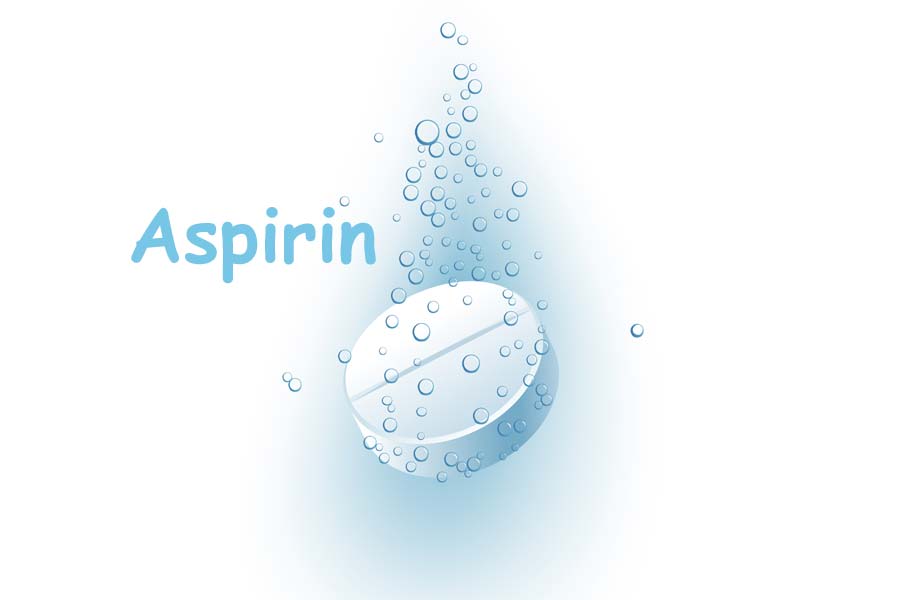
Procedure:
- Take a few Aspirin pills and crush them into a fine powder.
- Sprinkle a few drops of water and mix into a thin paste.
- Apply the paste on the sting site and leave it for a while.
- Wash off the paste with warm water.
- Repeat the process at regular intervals, if required.
How Does This Work?
Aspirin is a wonder drug that is supposed to be heart-friendly. It is also used extensively in giving relief to patients suffering from severe pain due to arthritis. Aspirin is known to be one of the best home remedies for treating wasp stings.
It is an anti-inflammatory drug and is not steroid based. Aspirin is good at preventing the production of prostaglandins as it inhibits the enzymes producing them, thus helping relieve pain and reduce inflammation. The acetylsalicylic acid present in aspirin has a soothing effect on the redness of skin and helps fight the itchiness caused by wasp stings.
The Remedy Is Not Good, If:
- You are allergic to aspirin.
- You are pregnant or breastfeeding. Do not use aspirin.
3. Mint Leaves or Peppermint Essential Oil

Procedure: (Fresh Mint Leaves)
- Take a bunch of fresh mint leaves.
- Crush the leaves and extract a few drops of juice.
- Apply the mint juice on the sting site gently.
- Allow it to sit for a while.
- Rinse off with cool water.
- Repeat the process a few times during the day.
Procedure: (Peppermint Essential Oil)
- Apply a few drops of diluted peppermint essential oil directly on the sting site.
- For sensitive skin, mix peppermint essential oil with coconut oil or olive oil and apply.
How Does This Work?
Mint is a great herb that has been used for medicinal purposes for thousands of years. Peppermint essential oil has been in use for the last couple of centuries and is believed to have been used extensively by the Romans and Egyptians for its therapeutic benefits.
Extracted from the leaves of the mint herb (Mentha Piperita) Peppermint oil is a used in the treatment of headaches, muscle pains, stomachaches, etc. It is popularly used in aromatherapy and is a great pain and stress reliever. Moreover, it has antifungal, antimicrobial, antioxidant and analgesic properties that help fight pain and swelling effectively.
The Remedy Is Not Good, If:
While fresh mint leaves are safe to use, peppermint essential oil should never be used in its undiluted form as it can cause severe skin irritations, especially for people with sensitive skin. It is not advisable for pregnant women and infants to use peppermint essential oil.
2. White Toothpaste
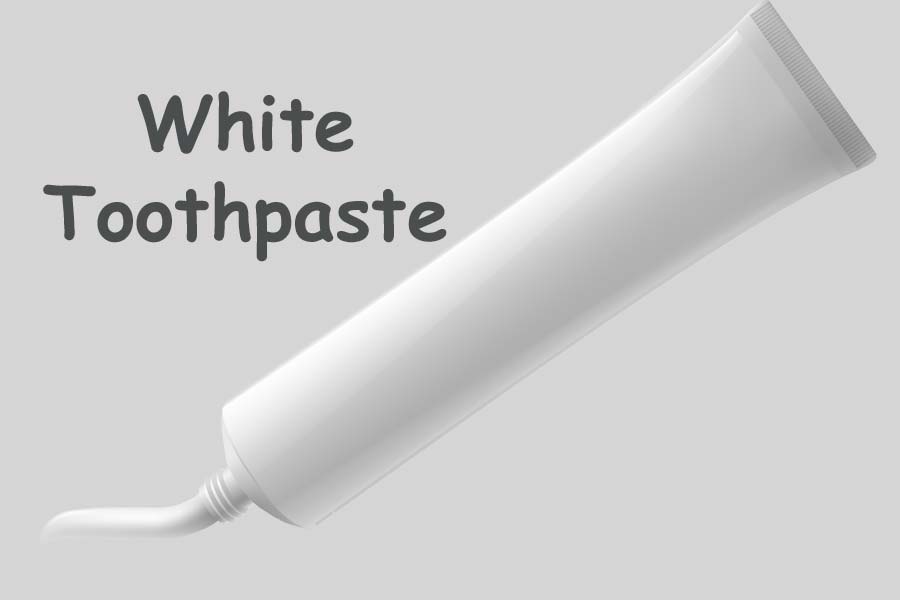
Procedure:
- Take some white toothpaste on a piece of surgical cotton.
- Apply on the sting site.
- Allow the paste to sit for a few hours.
- Use a damp washcloth to clean the sting site.
- Repeat the process as required.
How Does This Work?
Toothpaste has been used to cure minor burns as well as sunburns. It helps relieve the redness of the skin and cure blisters. Similarly, when applied to a wasp sting site, it works on the acidic venom and neutralizes it. It also helps reduce the pain, swelling, and offers relief from the intense burning sensation associated with wasp stings.
The Remedy Is Not Good, If:
You are using colored toothpaste. Use only white. Do not use gels and other variants, or colored
1. Apple Cider Vinegar
Procedure:
- Soak a small ball of surgical cotton in undiluted apple cider vinegar.
- Apply the apple cider vinegar on the wasp sting site using the cotton ball.
- Allow the sting site to soak for a while.
- Repeat process if symptoms persist.
How Does This Work?
Apple cider vinegar is a great natural home remedy that has several applications. It is an effective detoxifying agent and serves as a good digestive agent when consumed in small doses. Apple cider vinegar is also one of the best remedies for treating nasty wasp stings.
It contains several healing compounds like acetic acid, magnesium, potassium, probiotics, and enzymes. Acetic acid is a natural antibiotic and has the power to destroy harmful bacteria, and works wonders on affected skin.
It helps relieve pain and reduces the swelling caused by wasp stings, and gives relief from the intense burning sensation and itching associated with wasp stings. Apple cider vinegar is also a great source of polyphenols. It is also a natural and effective hair and skin conditioner.
The Remedy Is Not Good, If:
You are using the apple cider vinegar that is not organic. Use the pure ones.
Additional Tips About Wasps
- When you notice a wasp’s nest in your garden or vicinity, it is best to leave it undisturbed and stay away from the area.
- Do not try to swat and kill a wasp, as this can aggravate it, make it mad, and sting you in self-defense.
- Do not scratch the wasp sting site, as this can only aggravate the condition.
- Keep trashcans covered airtight, and do not litter the area with food leftovers.
- Avoid being bitten by a wasp. If wasp wants to eat your lunch or any picnic food, just let it have and do not try to flap your arms. If you do so, you will aggravate its anger. It will bite you for sure.
- If a wasp’s nest is too close to your home, call in a professional to have it removed.



